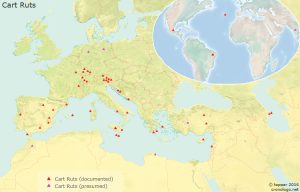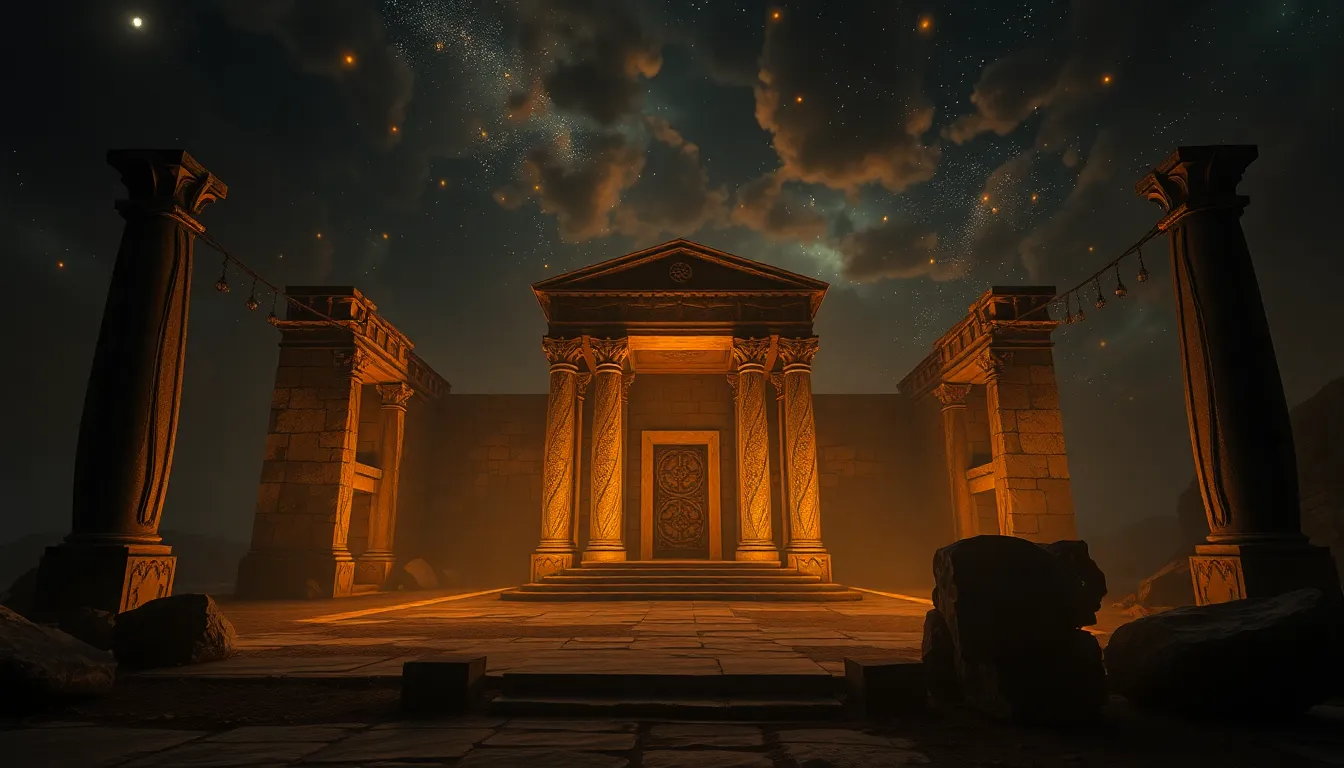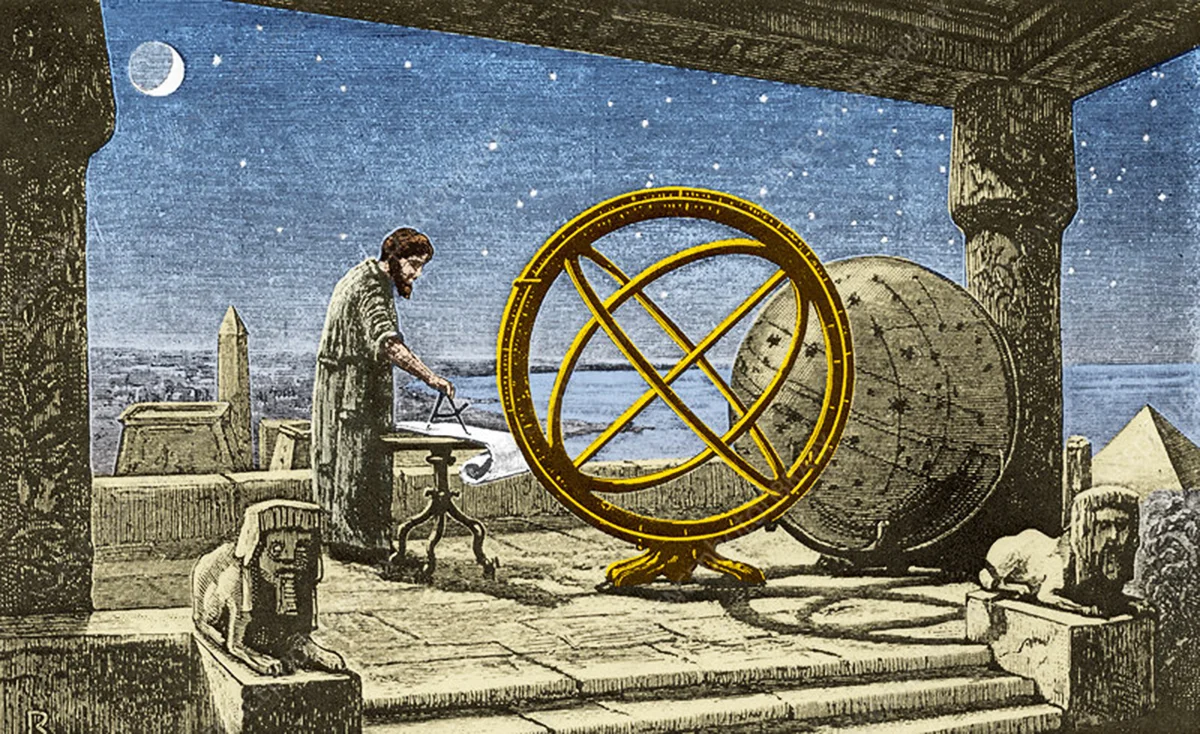Carved in Stone: The Global Enigma of Cart Ruts
Across continents and millennia, a peculiar pattern unites distant landscapes: the mysterious cart ruts, grooves carved into bedrock, whose origin and purpose remain the subject of debate. From the limestone of Malta to the rocky plains of Sicily, Arizona, The Azores, and even Azerbaijan, these tracks challenge our understanding of ancient ingenuity.
Malta’s Cart Ruts: Underwater Tracks and Temple Mysteries
In Malta, the site of Misraħ Għar il-Kbir—nicknamed “Clapham Junction”—reveals a bewildering network of deep grooves in limestone, some intersecting like rail yard lines and even disappearing into the sea (Ancient Origins).
Estimates place their creation anywhere from the Temple Period (c. 3800–2500 BC) to no later than 700 BC. Theories suggest they were formed by sleds hauling megaliths, or by wooden-wheeled carts wearing down soft limestone. Yet some tracks are so deliberate that they may even have been mechanically carved (Ancient Wisdom).
A Broader Pattern: Cart Ruts Across the Globe
Cart ruts are not unique to Malta. They appear across the Mediterranean and beyond, creating a global mystery that Ancient360 has extensively documented.
-
Sicily (Syracuse): In Syracuse, parallel grooves known locally as carraie greche spread across Contrada Targia and nearby areas. Their origins are debated—ranging from Greek colonial infrastructure to symbolic or ritual pathways (Ancient360 – The Cart Ruts of Syracuse).
-
United States: Astonishingly, similar ruts have been reported in Texas, Arizona, and California. In some cases, they are carved into sandstone, bearing a striking resemblance to Mediterranean examples (Ancient360 – Cart Ruts in the USA).
-
Azerbaijan: On the Absheron Peninsula near Gobustan, archaeologists have discovered tracks remarkably like those in Malta—parallel channels, 1.5 meters apart and up to 50 cm deep—possibly dating back to the Neolithic or Early Bronze Age.
The sheer spread of these grooves—from the Mediterranean to the Americas—has led researchers to call them a global archaeological enigma (Ancient360 – Cart Ruts Global Mystery).
Shared Features Across Continents
Despite geography and cultural differences, striking similarities appear:
-
Consistent spacing: Many ruts are 110–150 cm apart, suggesting a standardized axle width or transport system.
-
Complex networks: Malta’s Clapham Junction and Azerbaijan’s web of tracks resemble ancient rail yards more than simple paths.
-
Unexpected endings: Many ruts lead abruptly to cliffs, vanish into the sea, or fail to connect to settlements—casting doubt on the idea of ordinary traffic routes.

As Ancient360 points out, this level of consistency may indicate either shared ancient knowledge or parallel problem-solving across distant societies.
Beyond Traffic: Ritual and Technology, Myth and Purpose
Were these grooves merely utilitarian? Or something more?
-
Transport: In Malta, they may have aided in moving massive stones for temple construction.
-
Ritual: In Sicily, some ruts align with necropolises or sacred landscapes, suggesting a symbolic function.
-
Lost Civilization?: The global distribution, as Ancient360 explores, raises the possibility that the ruts are remnants of a forgotten civilization’s infrastructure.
The Cart Rut Conundrum
Despite decades of research, the cart ruts remain enigmatic. Were they carved intentionally, or gradually eroded by centuries of use? Why do they occur across such distant regions with such similar characteristics?
What is clear is that cart ruts unite disparate cultures in a way few archaeological features do. As Ancient360 emphasizes, these tracks may hold clues to forgotten technologies, ancient networks, or cultural practices that once spanned continents.
Conclusion
From Malta’s underwater ruts to Sicily’s ritual tracks, from American deserts to the plains of Azerbaijan, cart ruts remind us of humanity’s shared past. Their repetition across the planet suggests more than coincidence—a common thread of ingenuity, ritual, or lost knowledge.
Whether tools of transport, sacred pathways, or traces of a vanished world, cart ruts remain one of archaeology’s most enduring enigmas—etched into stone, challenging us to uncover the paths of forgotten civilizations.






